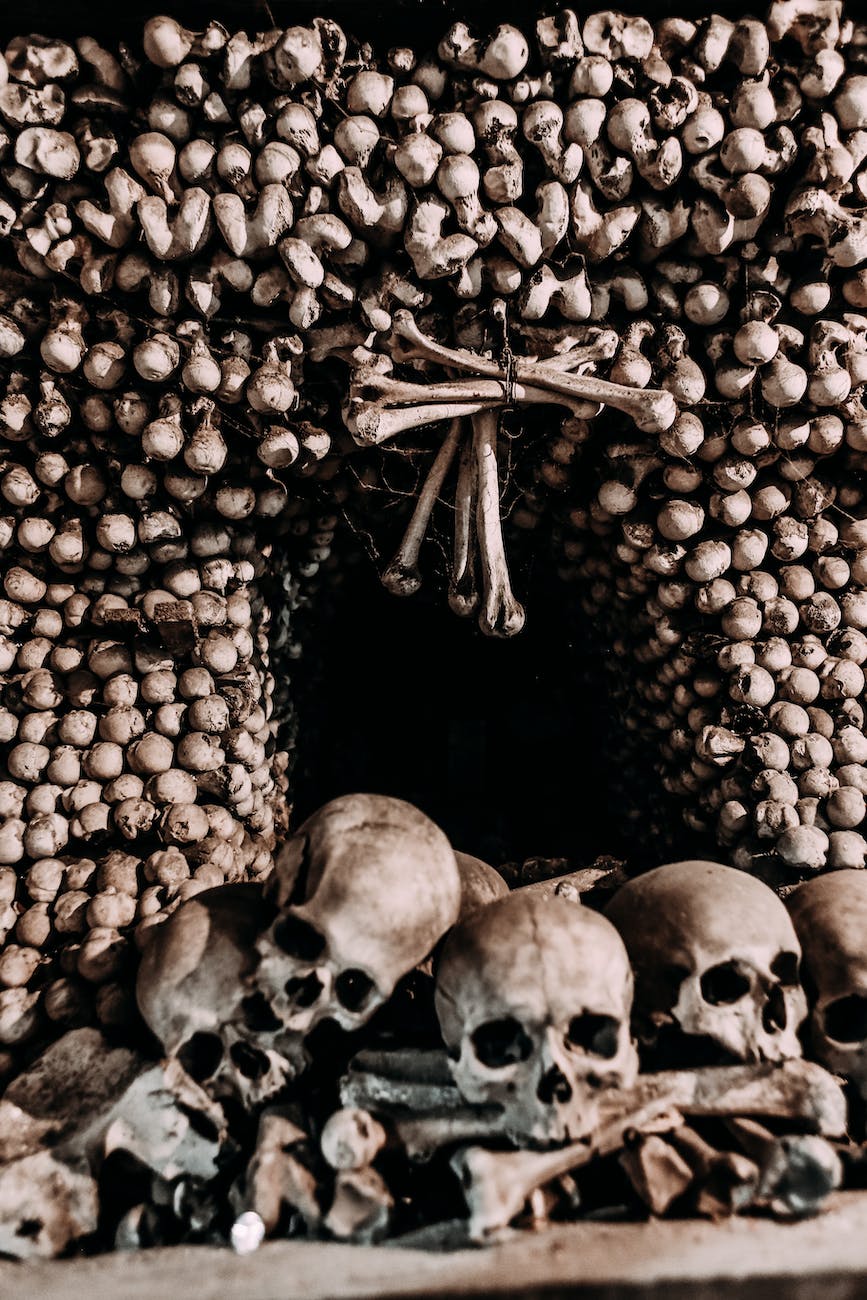Are your thoughts focused on the dead and decaying this week? Let me take you to some crypts to satisfy the ghoulish theme of this week. Using underground areas of churches or cities for crypts is far more prevalent in Europe than in the United States.But the pattern of placing crypts under chapels or cathedrals did follow over to America.

For instance, there is a crypt at the lower level of the main sanctuary of the Duke Chapel on the North Carolina university campus. Several former Duke presidents, a former dean of the chapel and others are buried there. Duke authorities say
“To remember we are dust like the Dukes is healthy and holy. In fact, remembering dying should help us in our living. Remembering that we are all dust could help us live with what I call an “ethics of dust.” That is, recognizing each other as dust can shape our interactions with each other and hopefully help us become more fully human, humane, loving, and just.” Duke Chapel and the architecture of death – The Chronicle (dukechronicle.com)
Built in the 1930s, the Duke University Chapel in Durham, NCis open to the public for tours as well as hosting guest speakers and providing worship services.
Another university with a crypt under the cathedral is the one at Notre Dame. Basilica of the Sacred Heart finished in 1873, gave Notre Dame the largest collection of 19-century French stained glass in the world. The Garden Crypt is accessible from outdoors. Weekday Masses are actually held regularly in the Crypt. If you are attending football games, Saturday Masses are adjusted for post game times. Liturgy // Sacred Heart Parish // University of Notre Dame (nd.edu)
Some fascinating Austrian crypts date back to the Holy Roman Emperors. Found in Vienna, Austria, the remains of centuries of Habsburgs before their downfall in WWI. Not only were elaborate and beautiful sarcophagi created for the Imperial Crypt, but a silver urn held their heart and embalmed entrails. Each part would be interred in three separate holy crypts. There are twelve emperors, eighteen empresses, and 113 other members of the Habsburg family in the Imperial Crypt (Kaisergruft). Also known in German as the Kapuzinergruft (Capuchin’s Crypt).Habsburg Imperial Crypt – Vienna, Austria – Atlas Obscura
Not far from there is a crypt beneath the stones of St. Stephen’s Cathedral (Stephansdom) are the skeletal remains of over 11,000 people. Populated by outbreaks of the plague, tourist can take guided tours of the area. However, on special occasions like “die lange Nacht die Kirche” (long night of the churches), a yearly event, the crypt is open to the public. Stephansdom Crypt – Vienna, Austria – Atlas Obscura

Between Halloween, All Saint’s Day, and Day of the Dead, figured I would satisfy your taste for places for the dead today. I will rest on happier laurels next week.